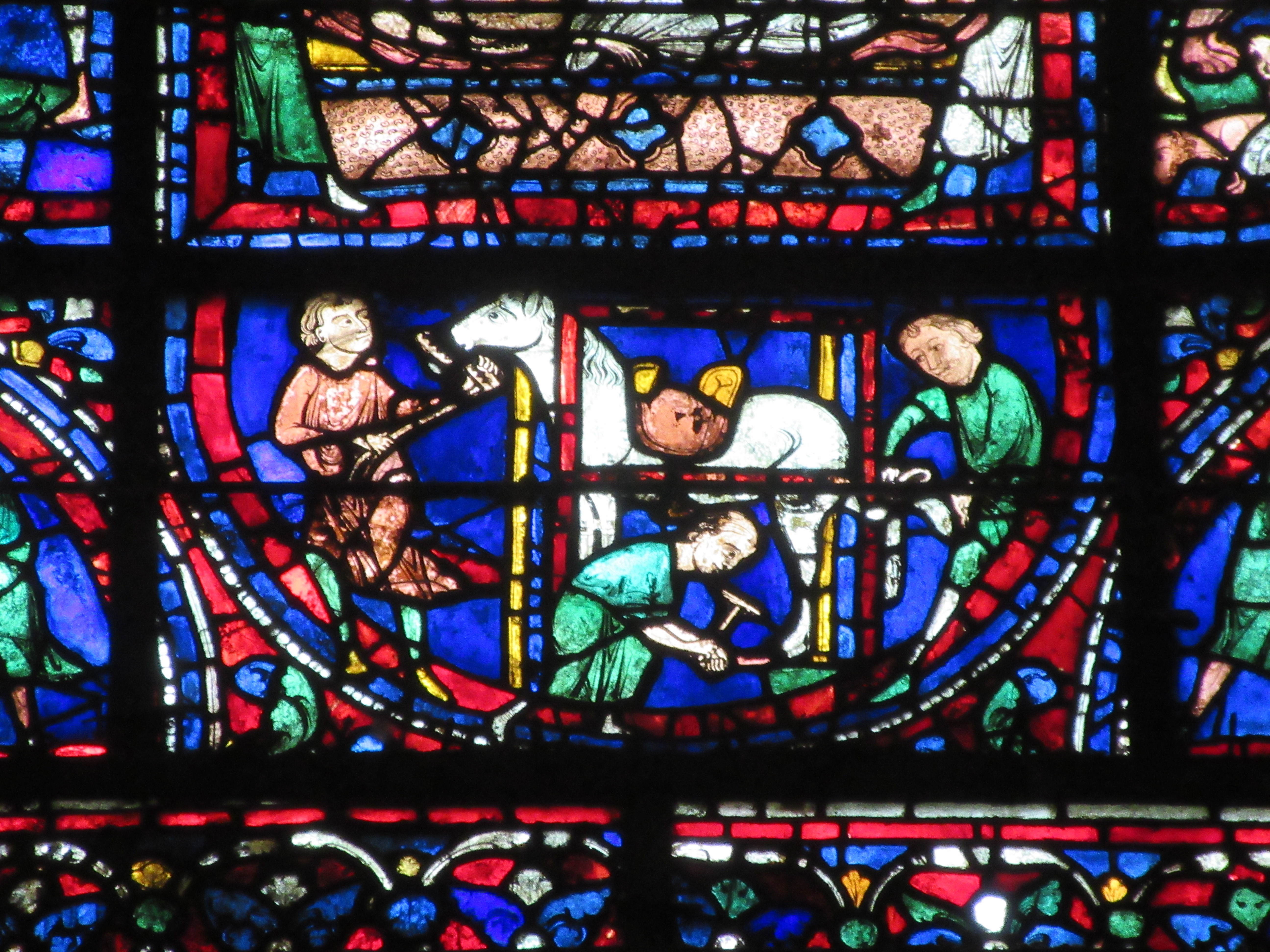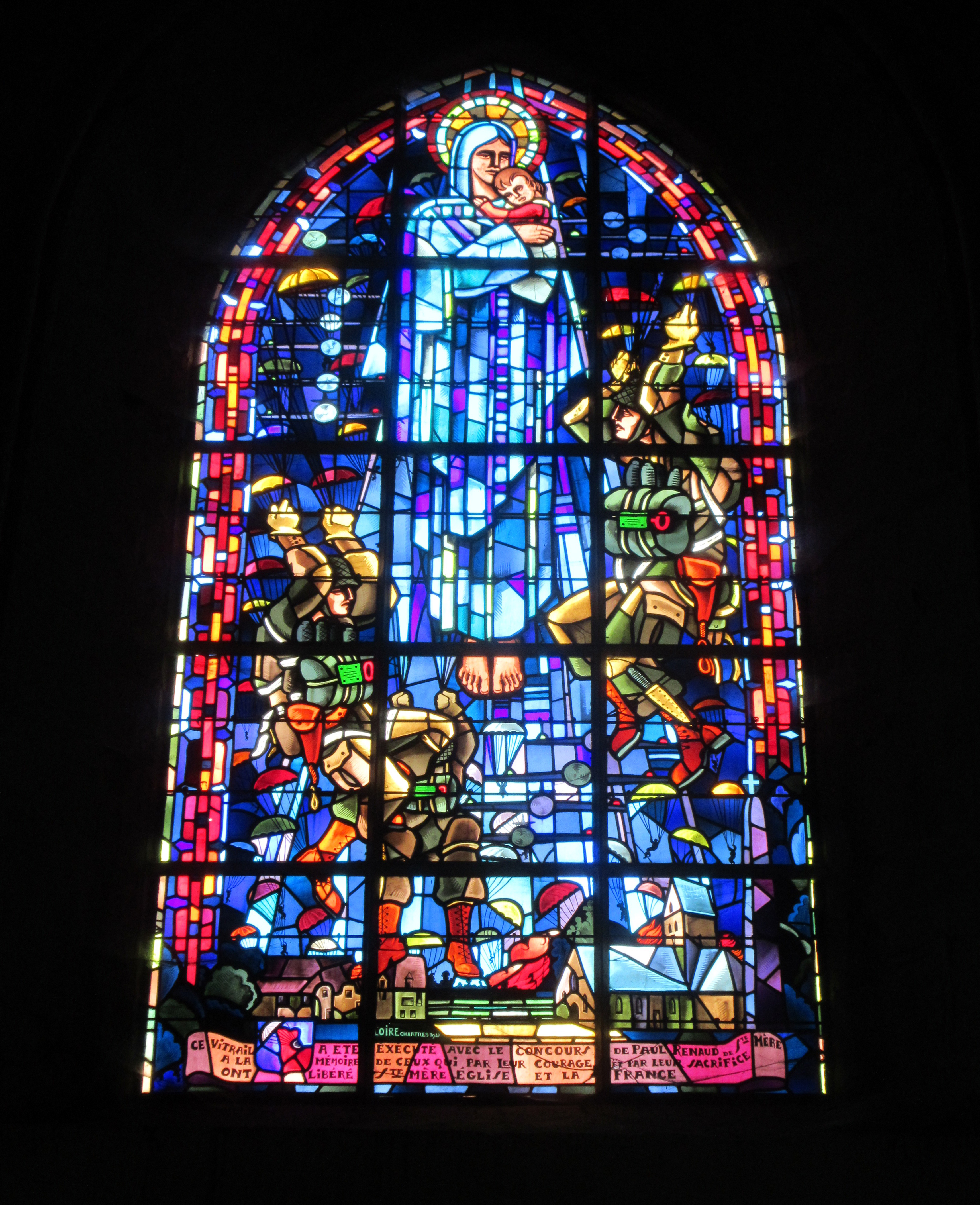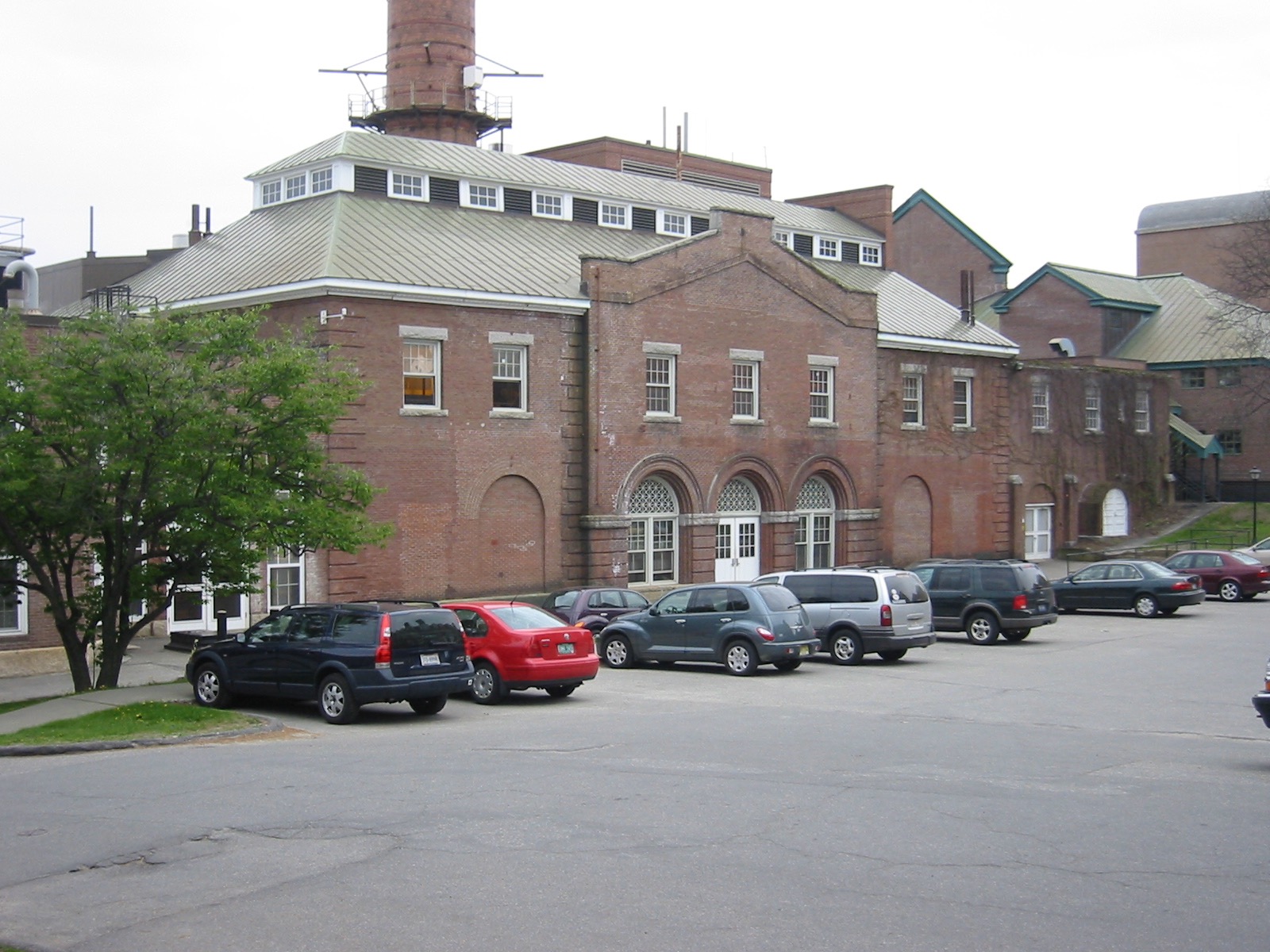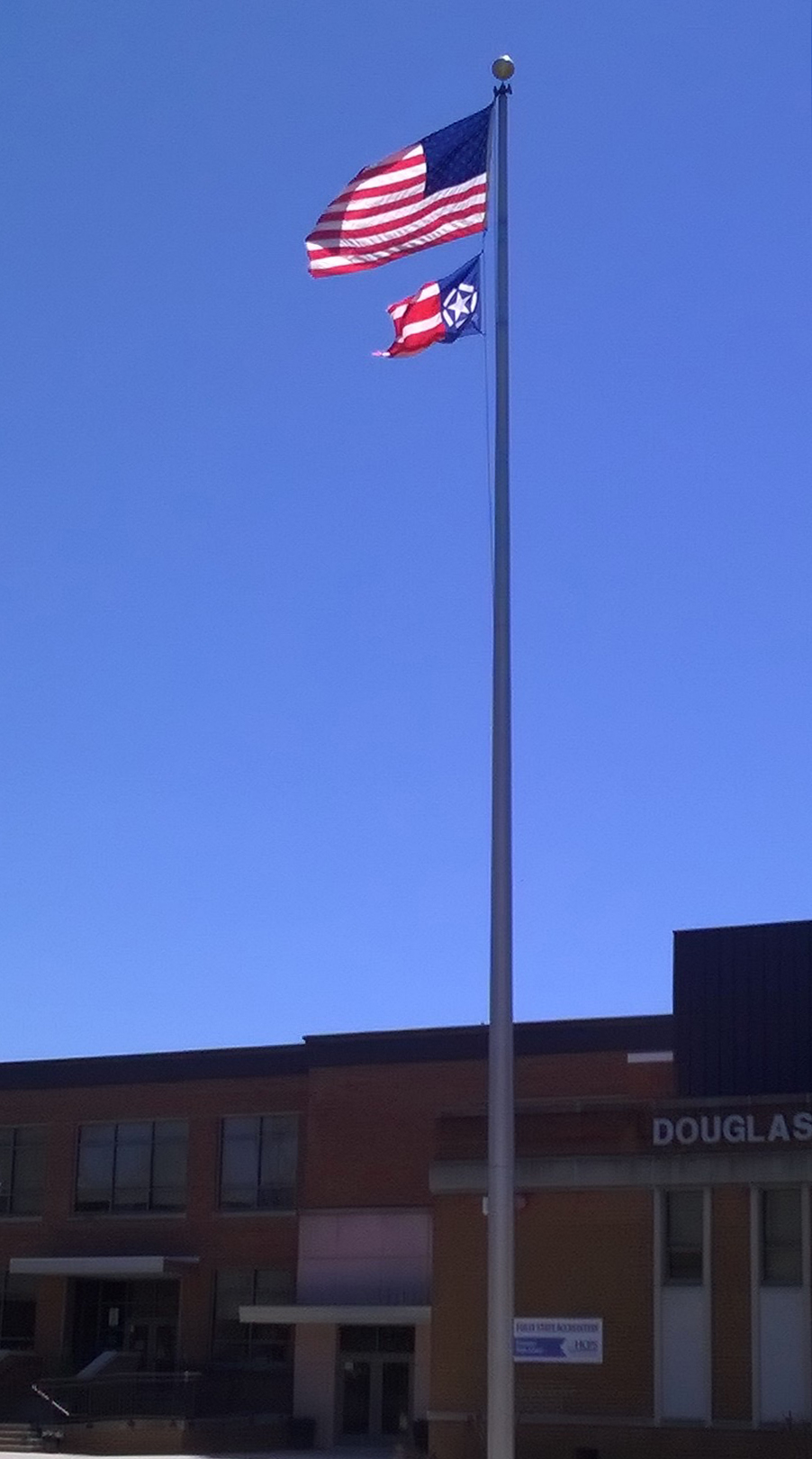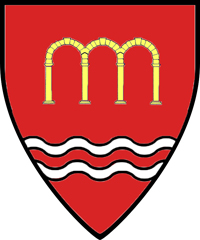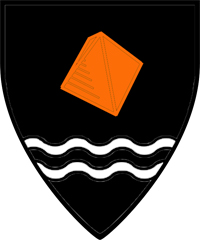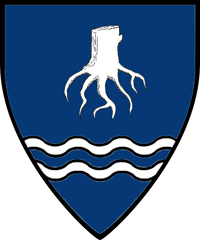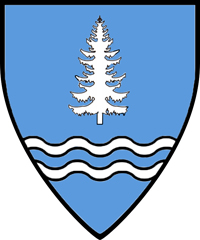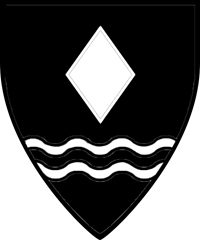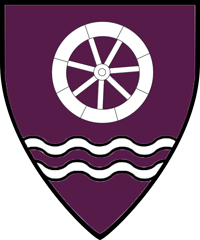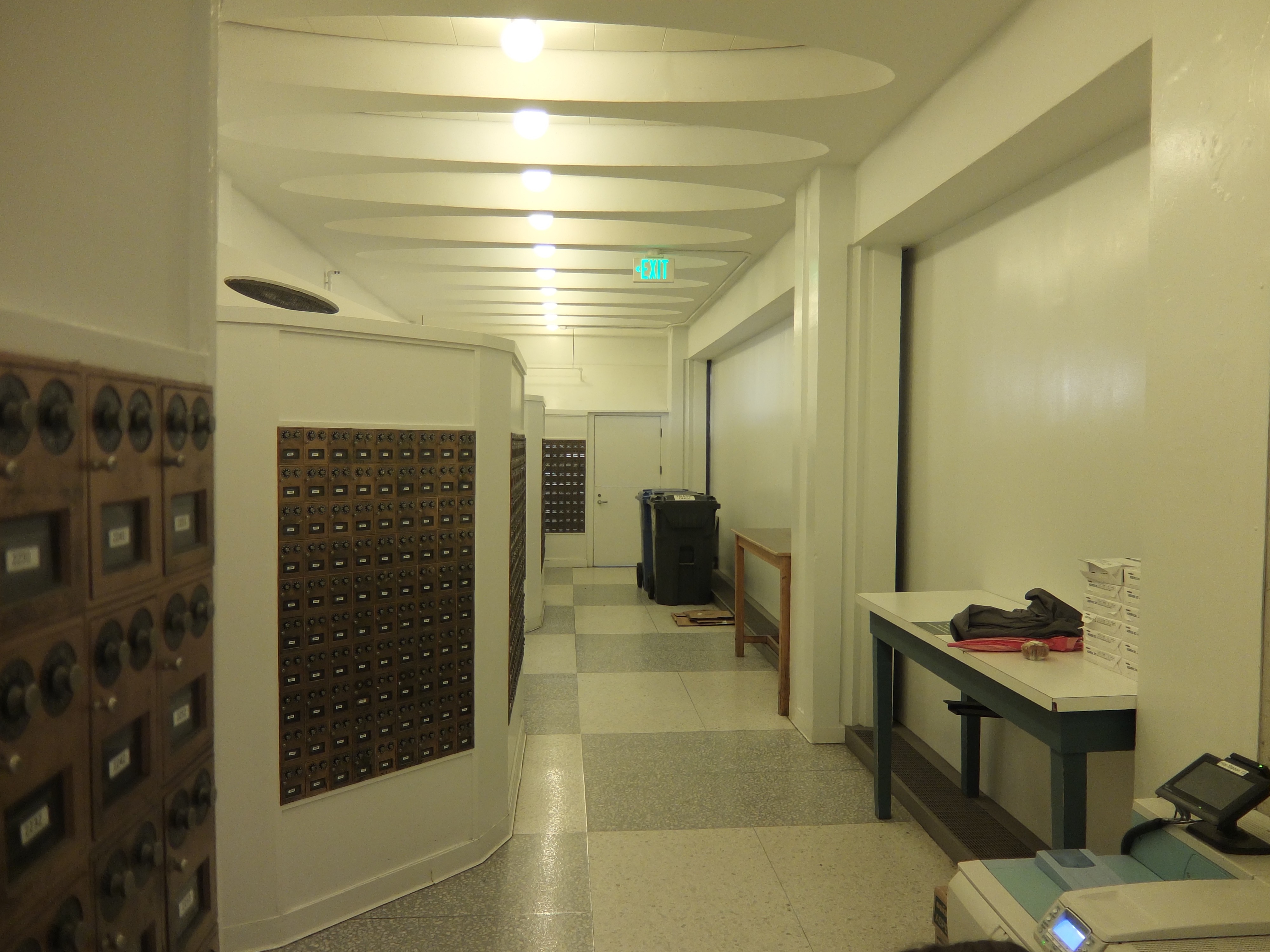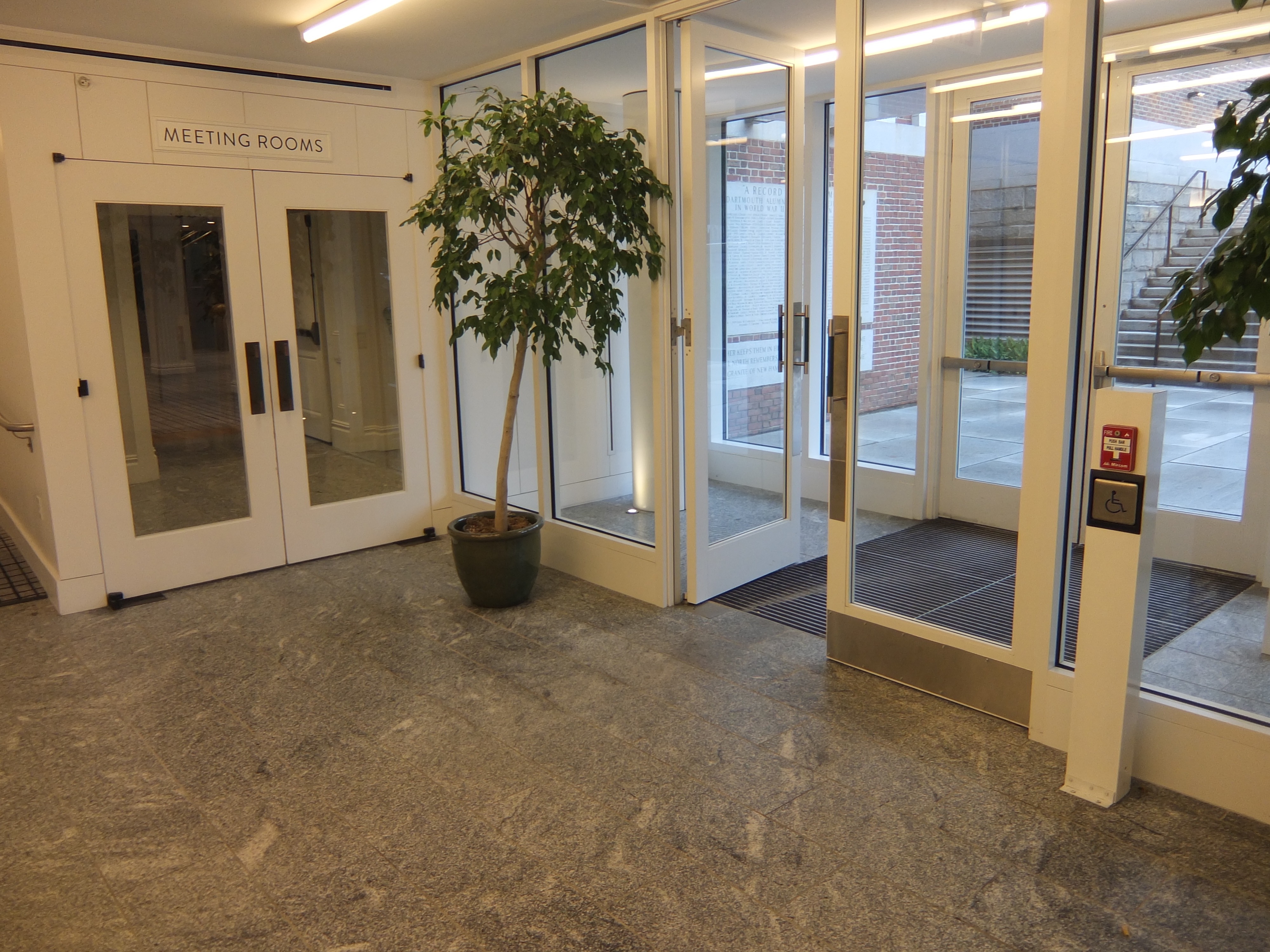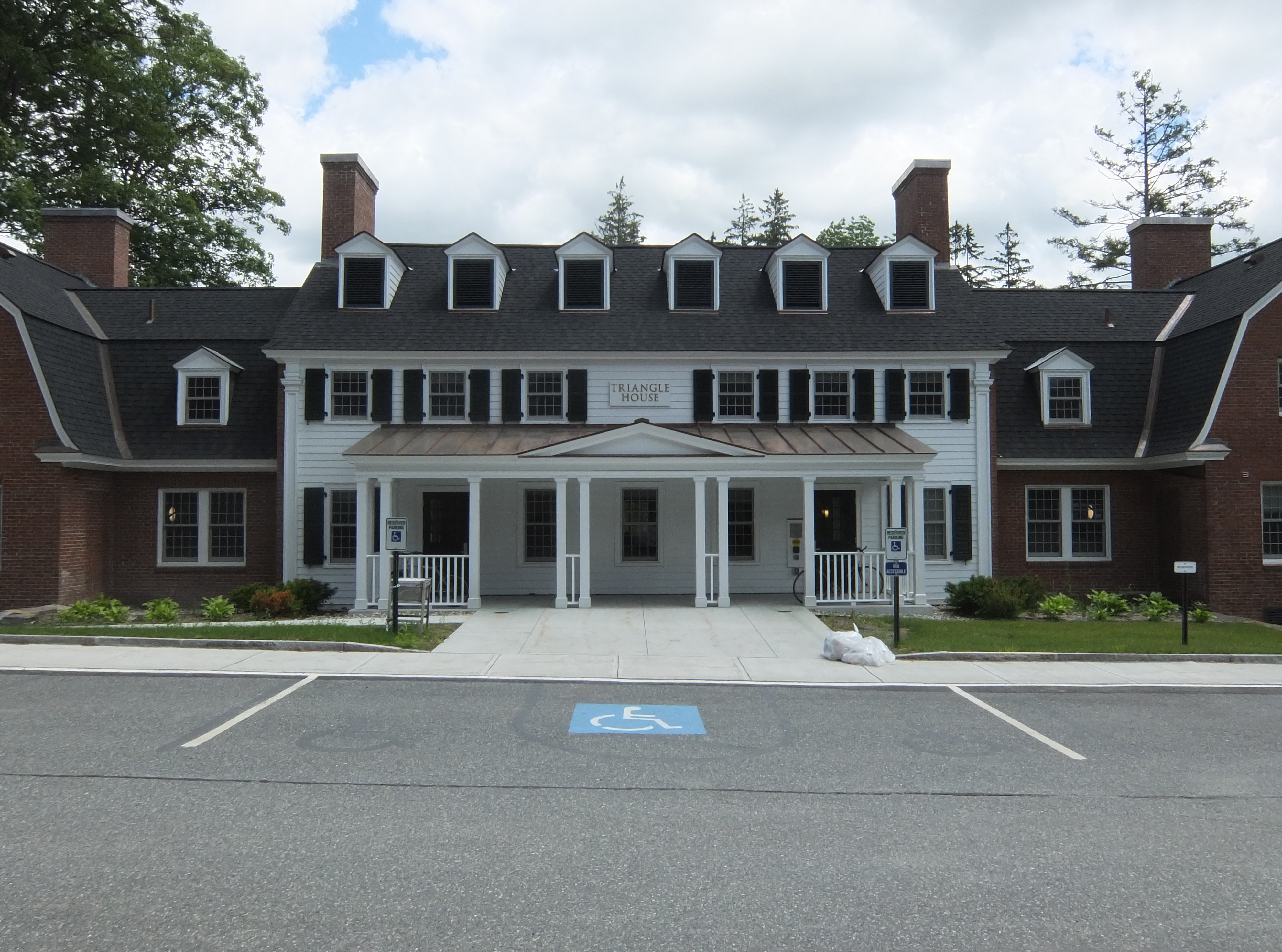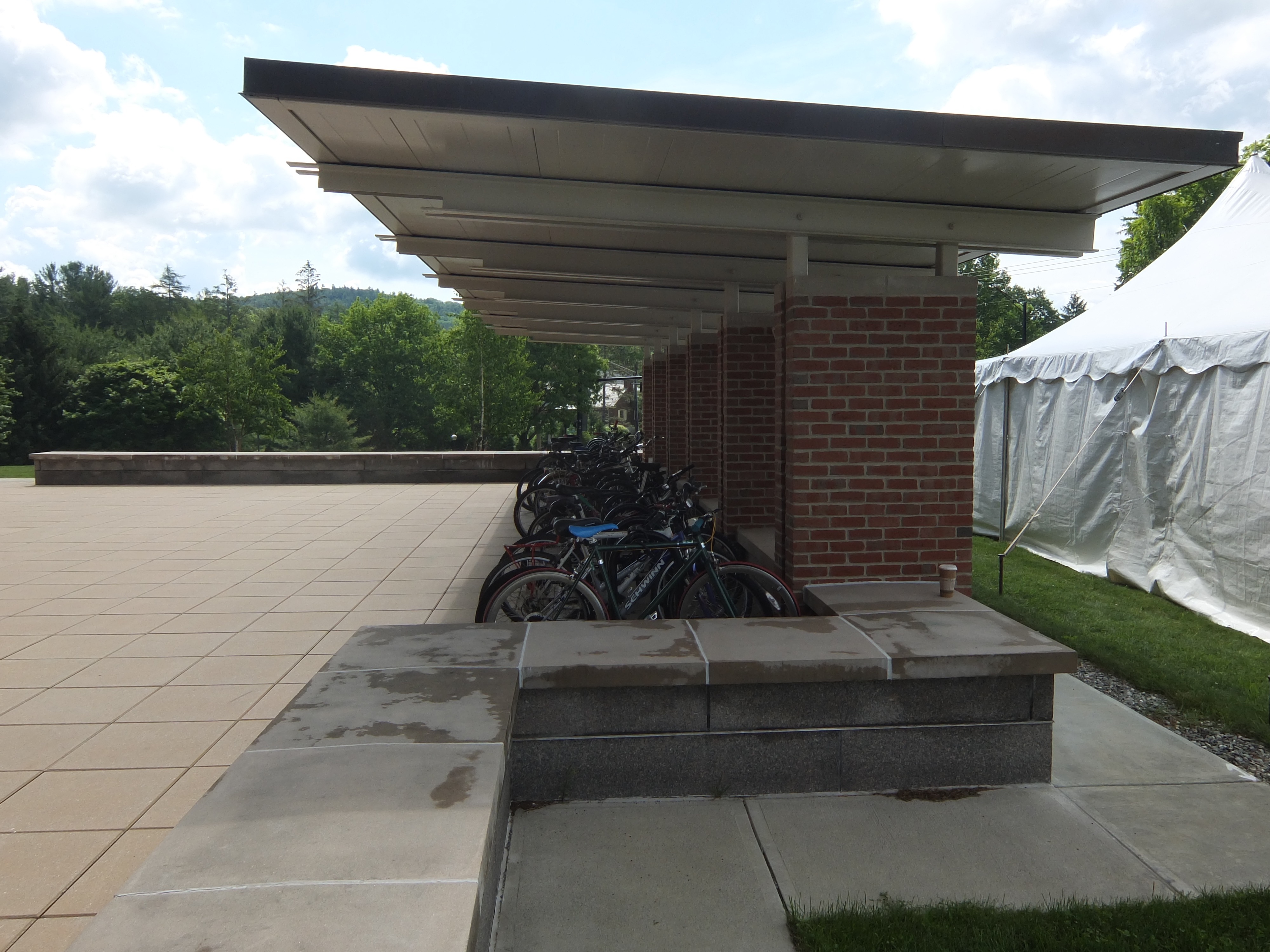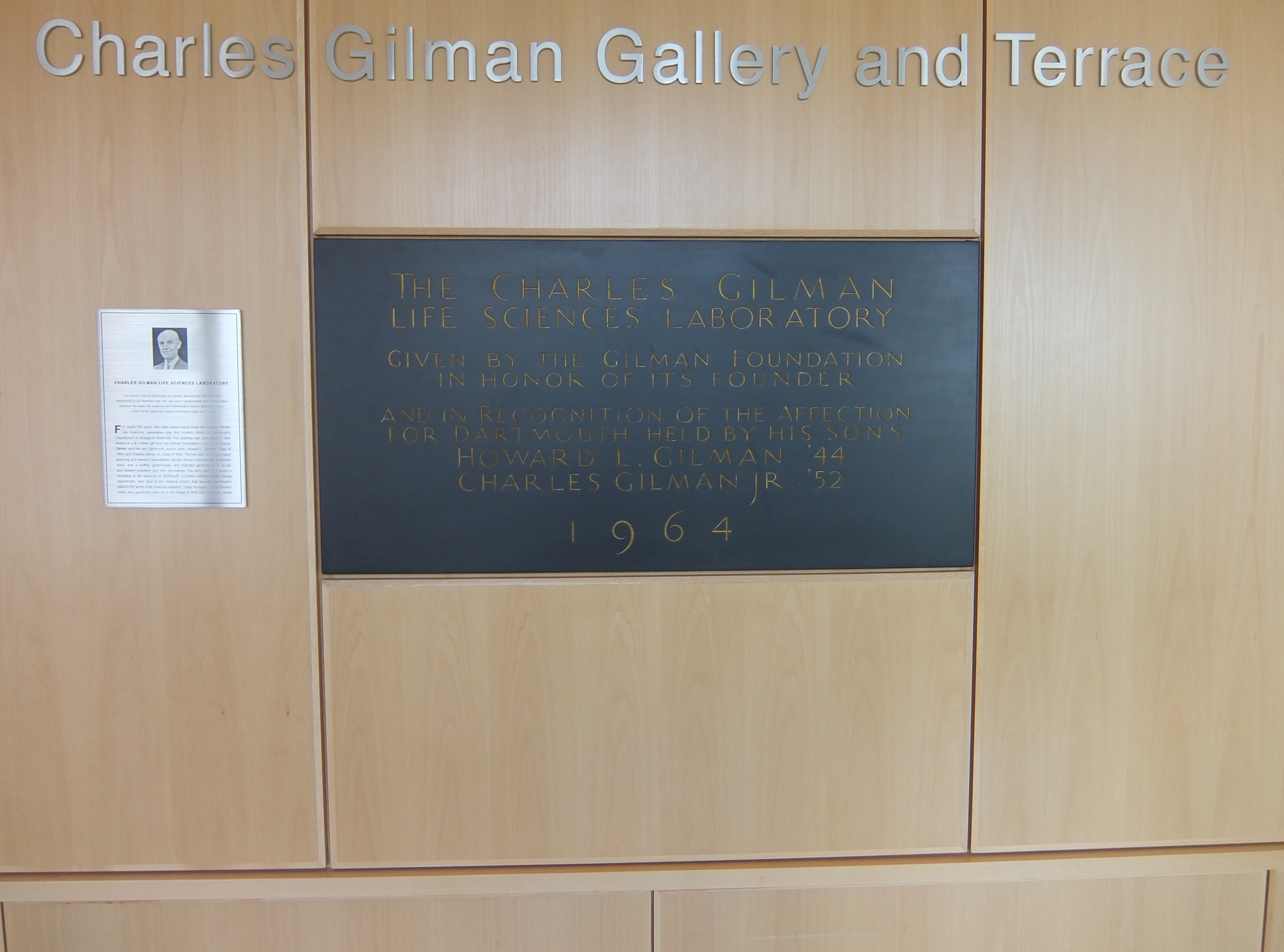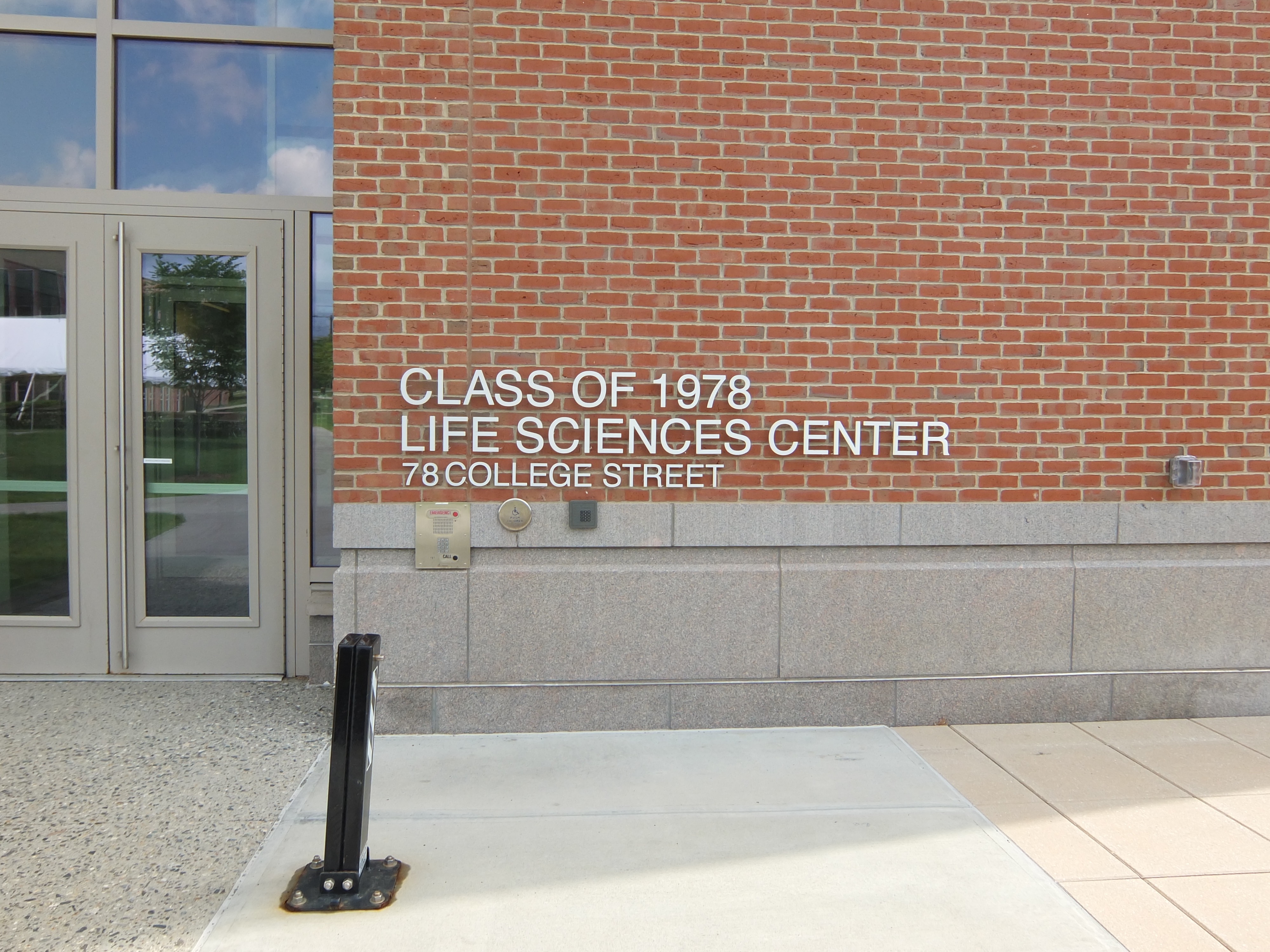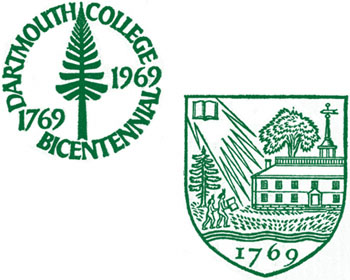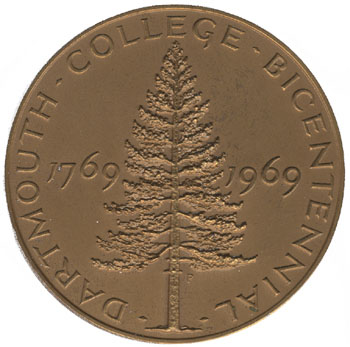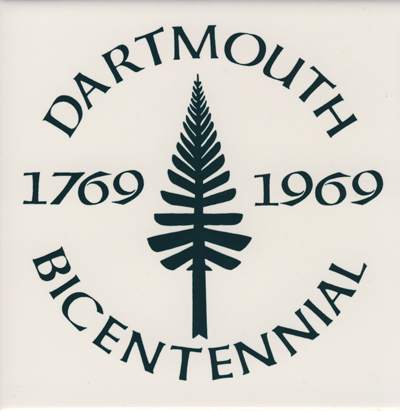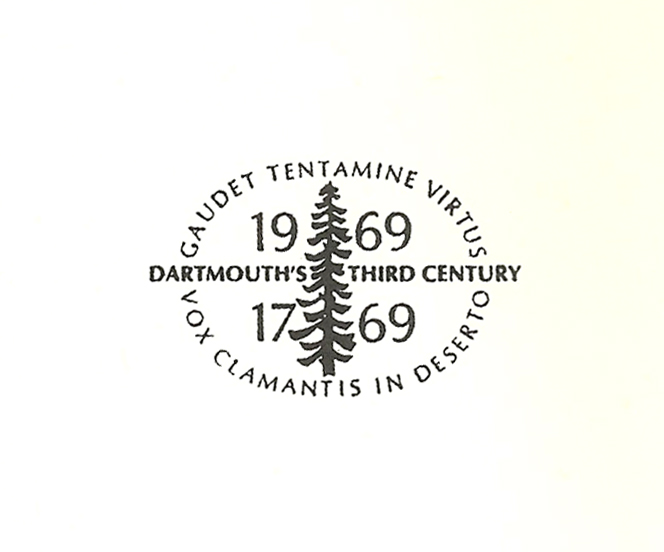-
A task force is exploring the possibility of expanding college enrollment from about 4,310 to as many as 5,387 (press release, Inside Higher Ed). Maybe that’s why the Golf Course land is so appealing.
-
Freeman French Freeman has a rendering and a plan of the expansion of the Sports Pavilion out at Burnham Field (FFF brochure). The building is still not named after anyone. The rendering shows some lettering on the side of the building: DONOR PAVILION.
-
Morton Hall, a building in the East Wheelock Cluster, has opened again after it was damaged in a fire (press release). The building was gutted and a new interior was designed by Harriman Associates of Portland, Maine (Harriman).
-
The timber-framed picnic pavilion has opened at the Organic Farm (Dartmouth News).
-
An old railroad station in West Lebanon has been moved (Valley News).
-
Dana, once on the chopping block, is being renovated by Leers Weinzapfel Architects of Boston,
authors of some great chiller plants and the huge UPenn athletic field complex of Penn Park (with MVVA).
Dana is expected to be ready in the fall of 2019. Gilman will be demolished by the end of this year (Campus Services). -
The Class of 1967 Bunkhouse has opened at Moosilauke.1 Tricia McKeon, “New Class of 1967 Bunkhouse Supports Dartmouth’s Spirit of Adventure,” Alumni News (19 July 2017).
-
The Rauner Blog has an article on the demolition of “Dartmouth College,” one of the original buildings of the school.
-
The Irving Institute building page notes that the 50-55,000 gsf building will connect to the Murdough Center through an atrium and will attempt to meet LEED platinum requirements.
-
Enjoy Michael Hinsley’s local history corner at DailyUV, Tragedies and Disasters.
-
There is some good insight in Callie Budrick’s article “Victorian Foppishness & Making the McSweeney’s Generation,” Print (11 August 2017) (via Things Magazine)
-
Project VetCare, which was not an animal hospital but a military veterans’ organization with laudable aims, is being shut down after apparent embezzlement (Valley News). The group had a house in Hanover that it intended as a residence for Dartmouth vets.
-
There are some nice photos of the fireplace masonry at the construction updates page. Timberhomes LLC helped build the new Lodge.
-
Flude’s Medal (also called the Flude Jewel) is the badge of office of Dartmouth’s president. It is engraved on the reverse:
The Gift of / John Flude, / Broker, / Gracechurch Street, / London, 5th April 1785 / to / the President of / Dartmouth College / for the time being / at Hanover, in / the State of / New Hampshire.2 Dick Hoefnagel, “John Flude’s Medal,” Dartmouth College Library Bulletin (November 1991).
President Emeritus Wright picked up on the “time being” phrase in a speech in 2005, responding with the statement that “We’re still here.” The phrase was read to refer to “Dartmouth College, for the time being at Hanover.” Flude, however, might have intended to give the medal to “the President of Dartmouth College for the time being,” in other words, whoever was the president in April of 1785 (and, perhaps, all future presidents, which is the way it has been treated).
-
Hanover is building a park called School Street Park with Byrne Foundation funds. The Park will occupy a vacant lot (Street View) across from Panarchy, two doors north of Edgerton House. A Town pdf has a small landscape plan, and the Valley News has an article.
-
An interesting turn of events: Kendal, which purchased the old Chieftain Motor Inn, is not going to expand onto the neighboring property after all. Instead, it will buy part of Rivercrest to the south and expand in that direction (Valley News).
-
The May-June Alumni Magazine had an article by William Clark on the Thayer-Partridge rivalry.
-
The dining halls in the new colleges at Yale feature some cheeky inscriptions:
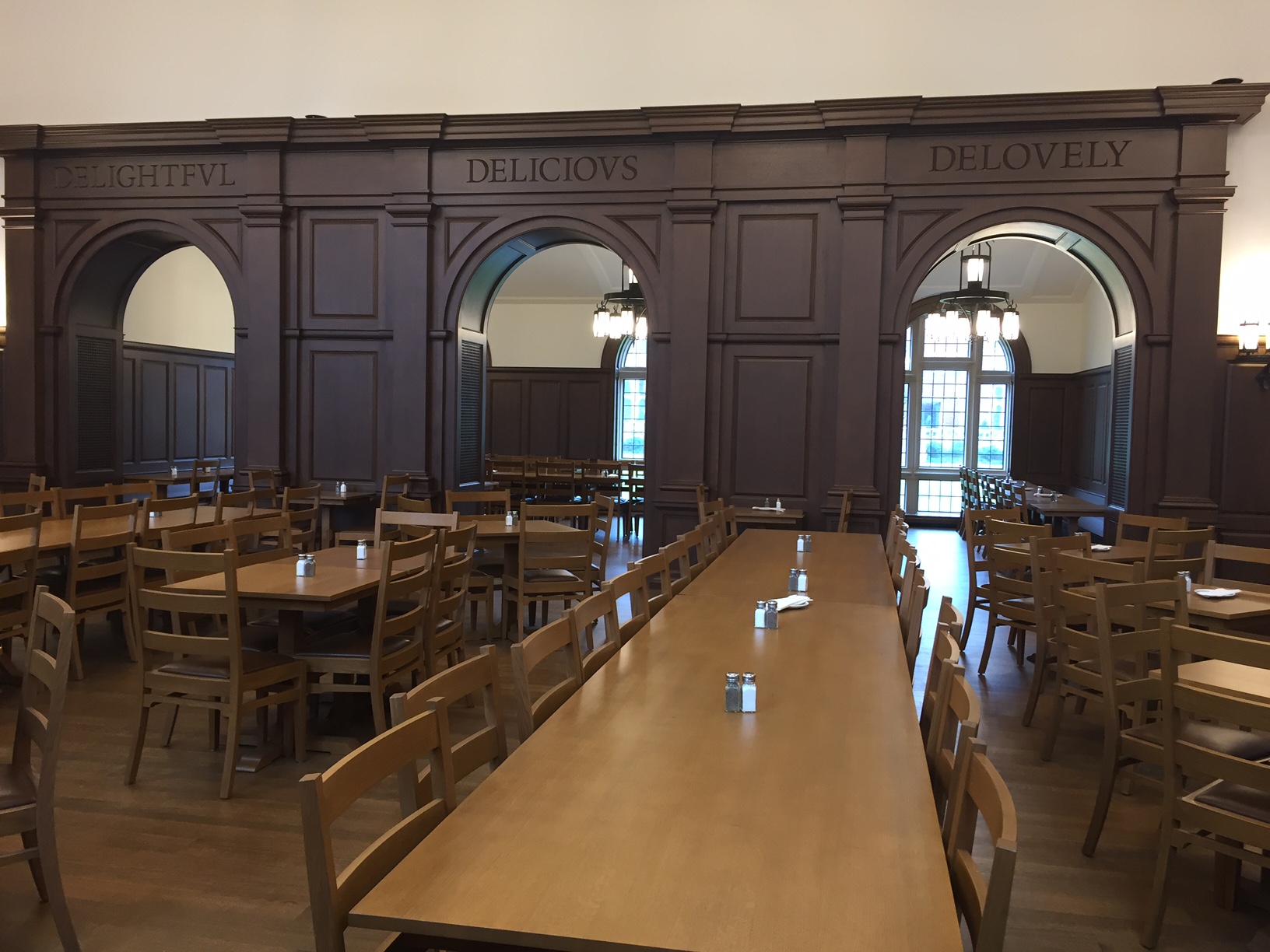
Inscription, Murray College Hall, Yale. Brian Meacham photo. 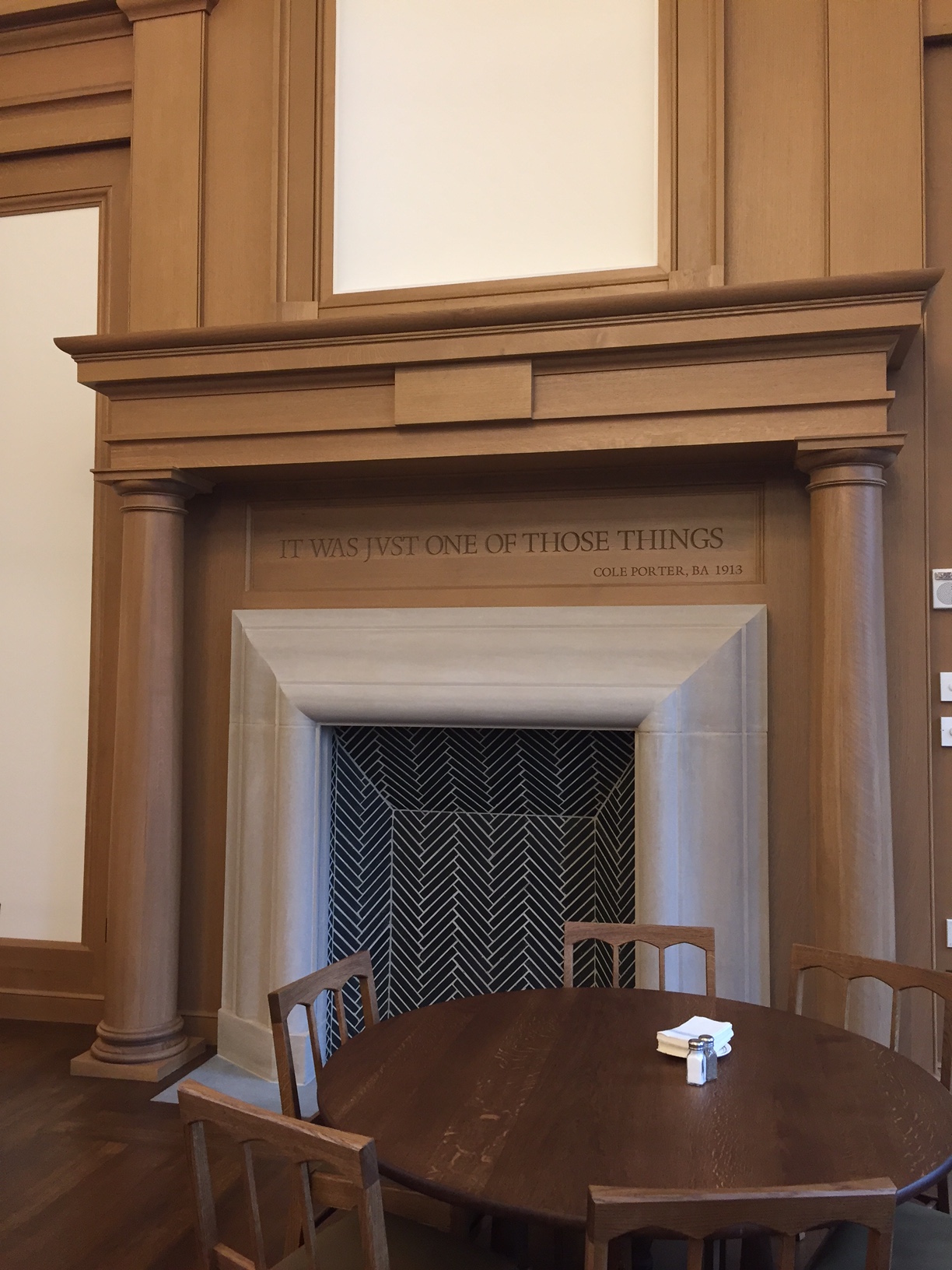
Fireplace, Franklin College Hall, Yale. Brian Meacham photo.
————————-
| ↑1 | Tricia McKeon, “New Class of 1967 Bunkhouse Supports Dartmouth’s Spirit of Adventure,” Alumni News (19 July 2017). |
|---|---|
| ↑2 | Dick Hoefnagel, “John Flude’s Medal,” Dartmouth College Library Bulletin (November 1991). |

